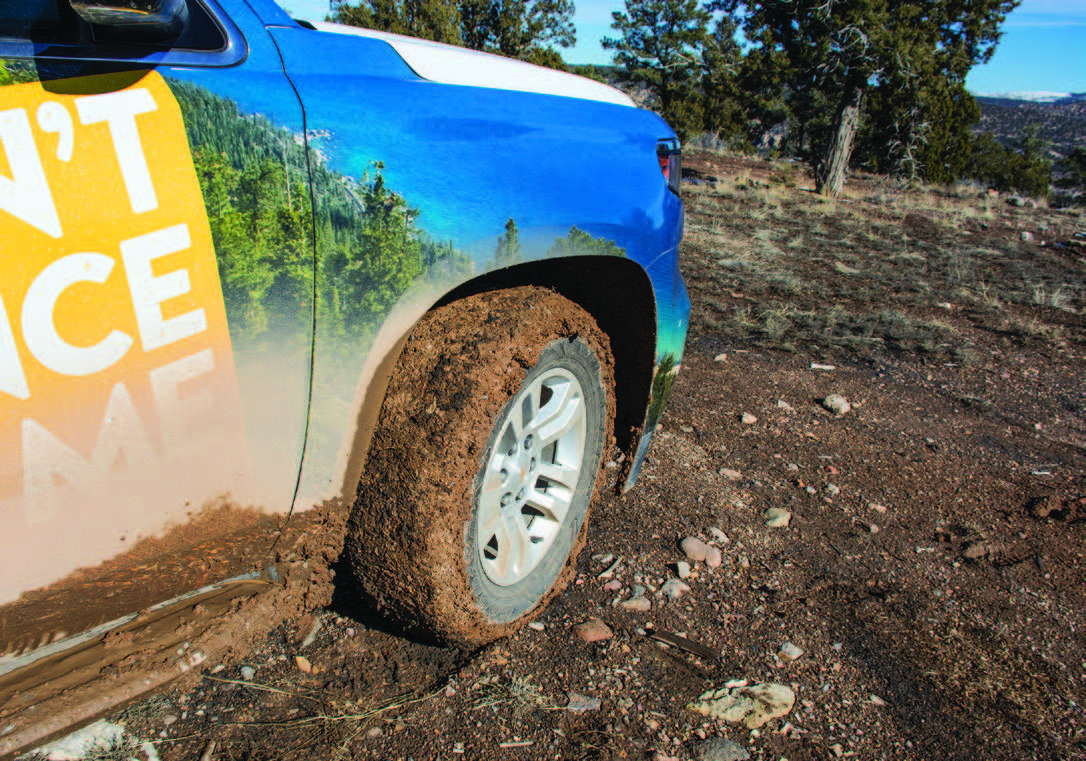Nevada State Parks, Part 3
May – June 2017
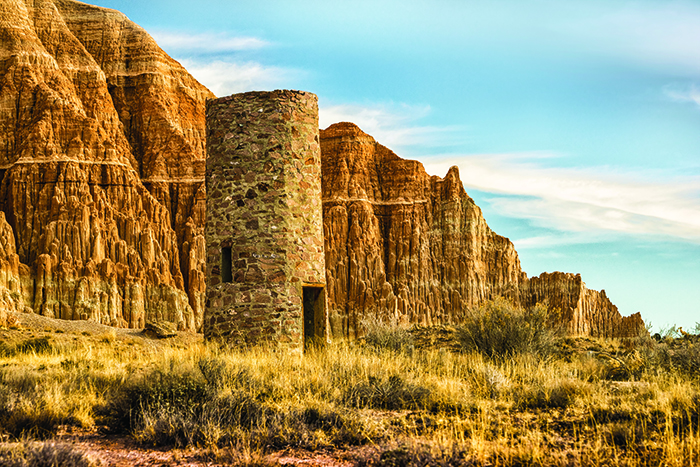
PART 3: LINCOLN COUNTY’S CUP RUNNETH OVER WITH FIVE AMAZING PARK OPTIONS.
BY MEGG MUELLER
Visiting every state park requires a bit of forethought and sometimes a bit of luck. There are 21 listed in the official State Park Passport, but technically there are 26 if you split out Elgin Schoolhouse and the individual parks that make up Lake Tahoe State Park. And then there are the two new parks Governor Sandoval announced during his 2017 State of the State address—Tule Springs State Park and Walker River State Recreation Area.
Along with the logistical efforts required to make it to all of our parks, that previously mentioned bit of luck would also come in handy. Good weather luck, to be specific. Traveling in January to the southeast edge of Nevada revealed some fun facts about our state parks, but it also thwarted our attempts to get to one.
CATHEDRAL GORGE STATE PARK
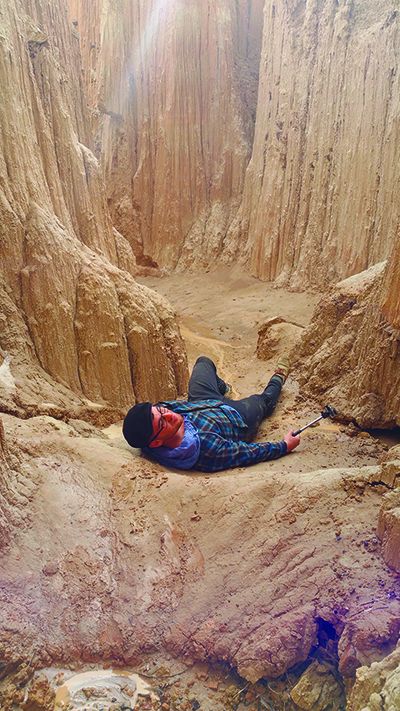
The most notable thing about Cathedral Gorge State Park is how tucked into the lush area just north of Panaca there’s an entirely other-worldly view waiting. While the park was one of the first designated in 1935, the volcanic structures date quite a bit earlier. It took tens of millions of years for the volcanic ash deposits to be created, then fractures in the bedrock took over and shaped the mountains and valleys. A lake forms, rains erode the ash and pumice left from the volcanic eruptions, and the debris washes into the lake. Over time, more faults occur, the lake drains, and wind and rain take over to form the debris into the spires and buff-colored cliffs we see today.
Wander the walkways through the soaring spires and peer into the cave-like formations. Look up to see slices of sunlight cast into narrow slot canyons, and you can understand why Cathedral Gorge is a mecca for photographers. The formations and colors are irresistible.
A 4-mile trail loop is available for hikers, and there is also a 1-mile trail from the picnic area to Miller Point overlook. Camping at Cathedral Gorge is first come, first served at the 22 sites. Two handicapped-accessible campsites are available as are restrooms and showers that are open all year. A day-use area offers shade structures and picnic tables. Pay special note to visiting during any kind of precipitation, because the ground becomes incredibly slick and muddy.
ECHO CANYON STATE PARK
A seasonal home to the Fremont people from around 900 to 1100 A.D., Echo Canyon State Park is still home to 1,000-year-old pictographs, stone flakes, and pottery used by the one-time residents, but today the activities are a little different than the hunting and gathering that used to go on in Dry Valley.
Established after Echo Dam was built in 1970, the park has become a haven for those looking for water fun. The 65-acre reservoir teems with wildlife, and the lake tempts fisherman with rainbow trout, largemouth bass, crappie, and some German brown trout. Boating the reservoir is a beautiful way to explore the park, as is camping in any of the 33 sites, or the 20 full hook-up RV sites. If you’re not staying the night, grab one of the six picnic tables and barbecue grill sites by the water’s edge.
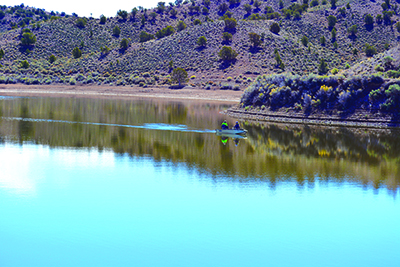 Water is certainly the main attraction at Echo Canyon, but if you’re into hiking, a 2.5-mile trail offers a great look at the area from the valley rim before it drops into the picturesque Ash Canyon.
Water is certainly the main attraction at Echo Canyon, but if you’re into hiking, a 2.5-mile trail offers a great look at the area from the valley rim before it drops into the picturesque Ash Canyon.
KERSHAW-RYAN STATE PARK
Kershaw-Ryan State Park is a wildly dichotomous place. Located just south of Caliente, craggy hills loom above a canyon that leads to an incredibly verdant valley. Natural springs and weeps in the surrounding rock have created an unexpected oasis.
The area was first settled in 1873 by Samuel and Hanna Kershaw, who then sold the canyon in 1904 to brothers James and Patrick Ryan. In 1935, as Nevada’s state parks were becoming a reality, the Ryans donated the land then called Kershaw Gardens to the city of Caliente to be used as a public park. It wasn’t until 1961 the park came under the state. Campsites and facilities were added and the park became a favorite. From 1984 to 1997, Kershaw-Ryan was closed due to damage from a major flood that nearly destroyed the entire park.
Today, the child’s wading pool, an apple tree planted by the Kershaws, picnic areas, and a beautiful wedding location draw in visitors looking for a lush day spot. Campers can take their pick of 15 sites, and hikers can head to the back country on the 1.5-mile Overlook Trail, but be sure to keep an eye on summer thunderstorms in the afternoons.
ELGIN SCHOOLHOUSE STATE HISTORIC PARK
Nestled in Rainbow Canyon some 20 miles south of Kershaw-Ryan is the Elgin Schoolhouse State Historic Park. A one-room schoolhouse accommodated first-through-eighth grades from 1922 to 1967 and became a state historic site in 2005. Open only by appointment, the nearly 100-year-old building served the ranching families of the lower Rainbow Valley, and many original items from the schoolhouse can be seen.
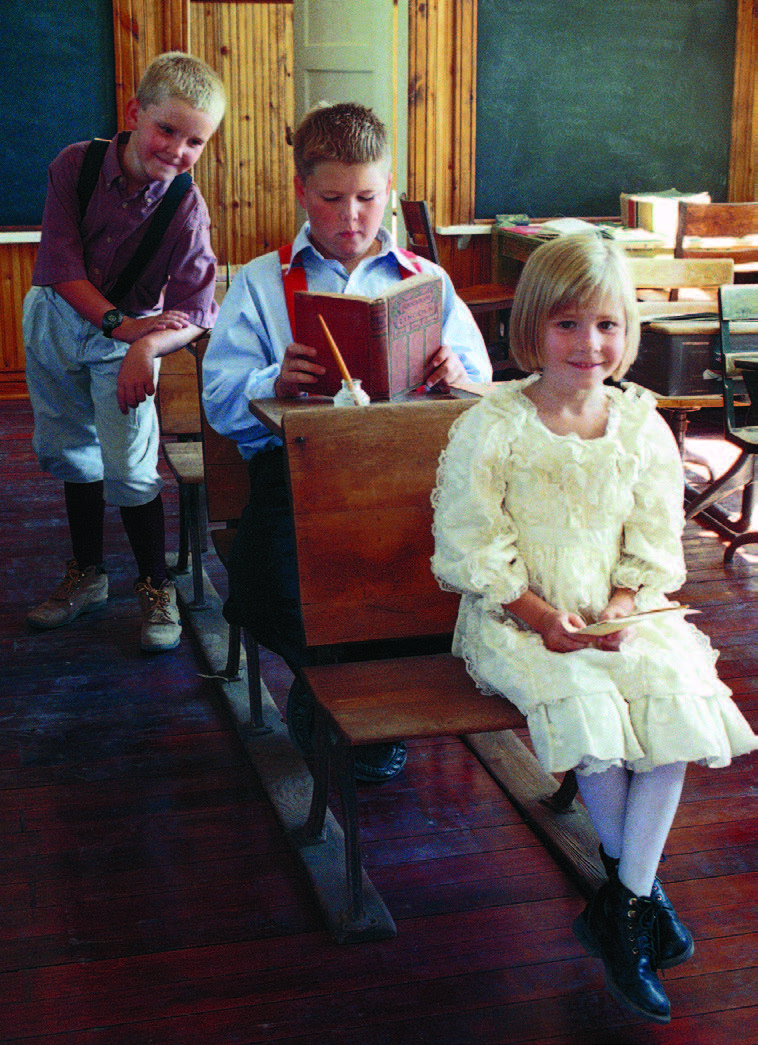
SPRING VALLEY STATE PARK
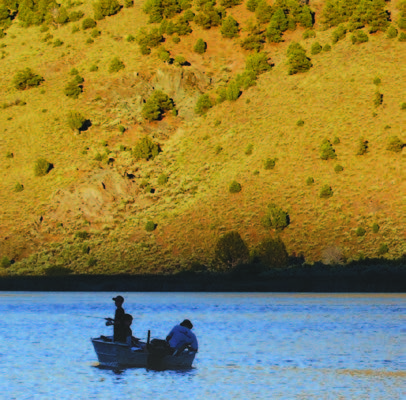 The 65-acre Eagle Valley Reservoir at Spring Valley State Park is teeming with activity during the summer. Boating and swimming are popular, and fishermen are in abundance, going after rainbow, tiger, and German brown trout. Wait, they do that in winter, too. Ice fishing is really big at the lake when it freezes over. Regardless the time of year, hiking on the trail around the reservoir is a great way to take in the valley that has attracted man since 5500 B.C. Mormon pioneers arrived about 1864 and some of their homes, including a stone cabin, still exist in the park. The park was designated in 1969.
The 65-acre Eagle Valley Reservoir at Spring Valley State Park is teeming with activity during the summer. Boating and swimming are popular, and fishermen are in abundance, going after rainbow, tiger, and German brown trout. Wait, they do that in winter, too. Ice fishing is really big at the lake when it freezes over. Regardless the time of year, hiking on the trail around the reservoir is a great way to take in the valley that has attracted man since 5500 B.C. Mormon pioneers arrived about 1864 and some of their homes, including a stone cabin, still exist in the park. The park was designated in 1969.
There’s ample room for camping at Horsethief Gulch Campground’s 37 sites, and the Ranch Campground—a couple miles north—has seven sites. Near the day use area you can find the boat launch. Head back into the canyon past the reservoir to see the stone cabin and tour the ranches built in the 1800s.
BEAVER DAM STATE PARK
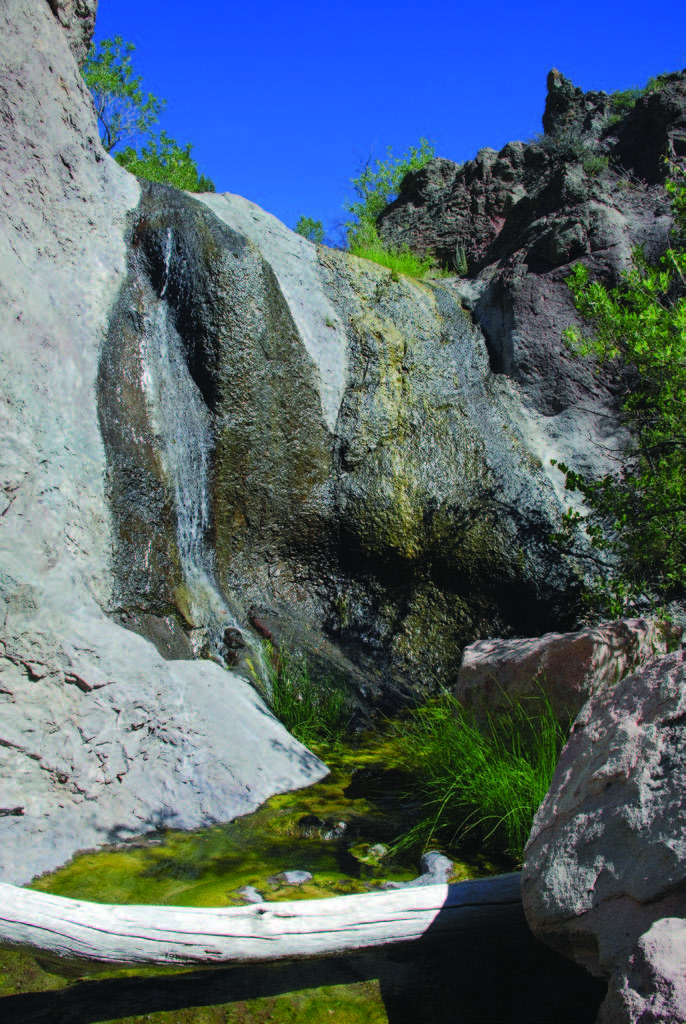 Beaver Dam State Park holds a few notable distinctions. It’s one of Nevada’s first state parks, designated in 1935. It’s also the most remote park in eastern Nevada. And it’s the only park Associate Editor Eric Cachinero and I couldn’t get to. Twice. Mother Nature has twice decided the 26-mile graded dirt trek off U.S. Route 93 wasn’t a great idea; the last time we got within 2 miles of the prize this rustic, almost-hidden gem offers before intense mud and snow decided otherwise.
Beaver Dam State Park holds a few notable distinctions. It’s one of Nevada’s first state parks, designated in 1935. It’s also the most remote park in eastern Nevada. And it’s the only park Associate Editor Eric Cachinero and I couldn’t get to. Twice. Mother Nature has twice decided the 26-mile graded dirt trek off U.S. Route 93 wasn’t a great idea; the last time we got within 2 miles of the prize this rustic, almost-hidden gem offers before intense mud and snow decided otherwise.
In 1849, pioneers were looking for a shortcut to California’s gold rush but they came upon the Beaver Dam’s imposing canyons and gorgeous valley. Most moved on, but one family stayed and the remnants of a few buildings they built can still be seen in the park. In 1935 the Civilian Conservation Corps added campgrounds and picnic areas to the park, but a flood destroyed most of their work. A dam was built in 1961, but was eventually demolished in 2009.
Structures built by the park’s namesake can often be seen as well, in addition to so much wildlife the park has been designated a Watchable Wildlife Area. Camping and hiking are seriously advised; if you’re going to take the trouble to get here, stay a while and experience one of the many trails in the area. Don’t forget to bring a fishing rod for the rainbow trout living in the streams, and of course, your camera.
As is often recommended, call the park before heading out if the road conditions leading to any state park are in question. I know I will. And Beaver Dam…I’ll be back.
